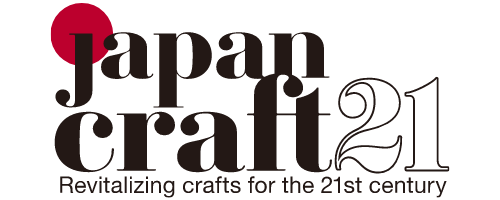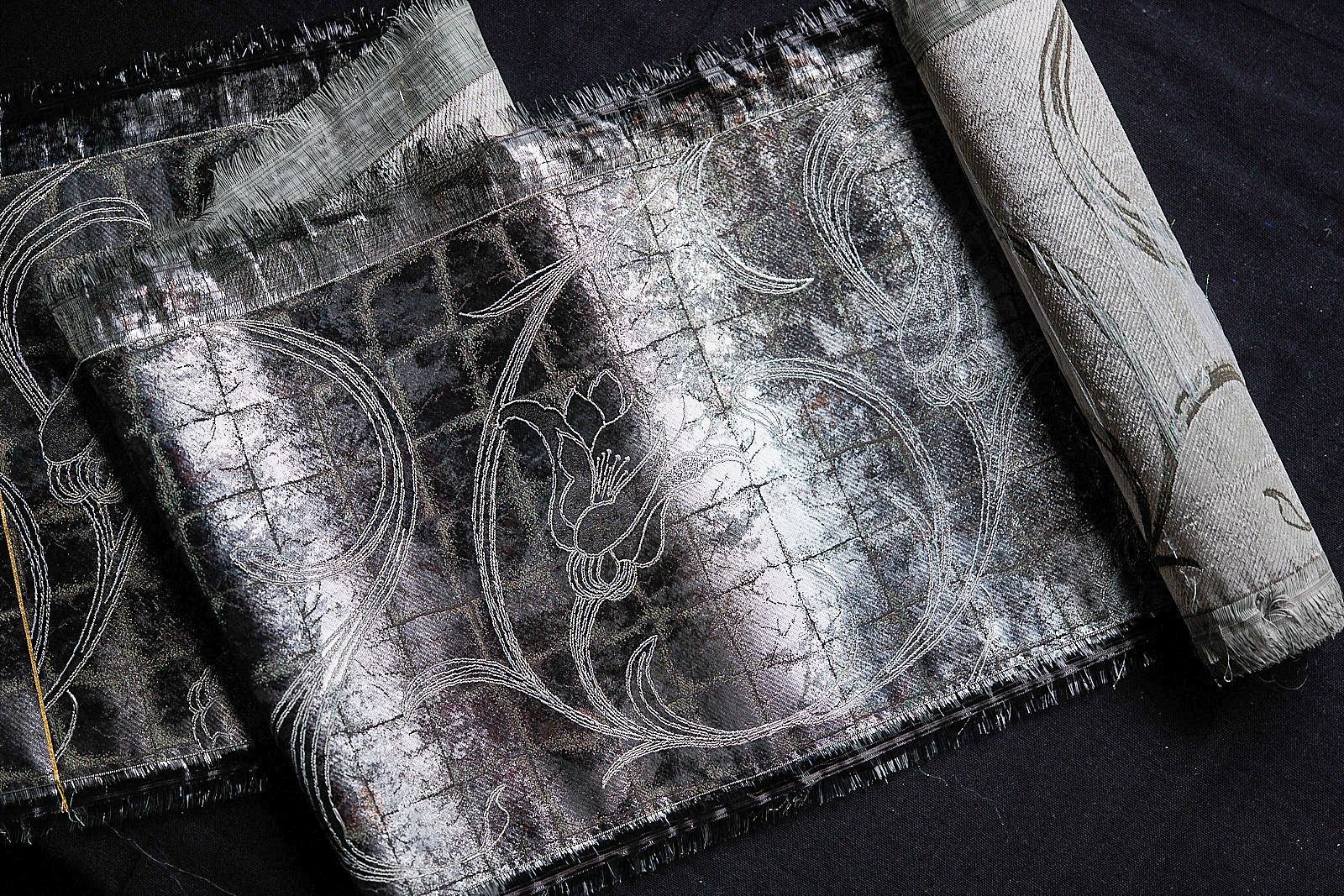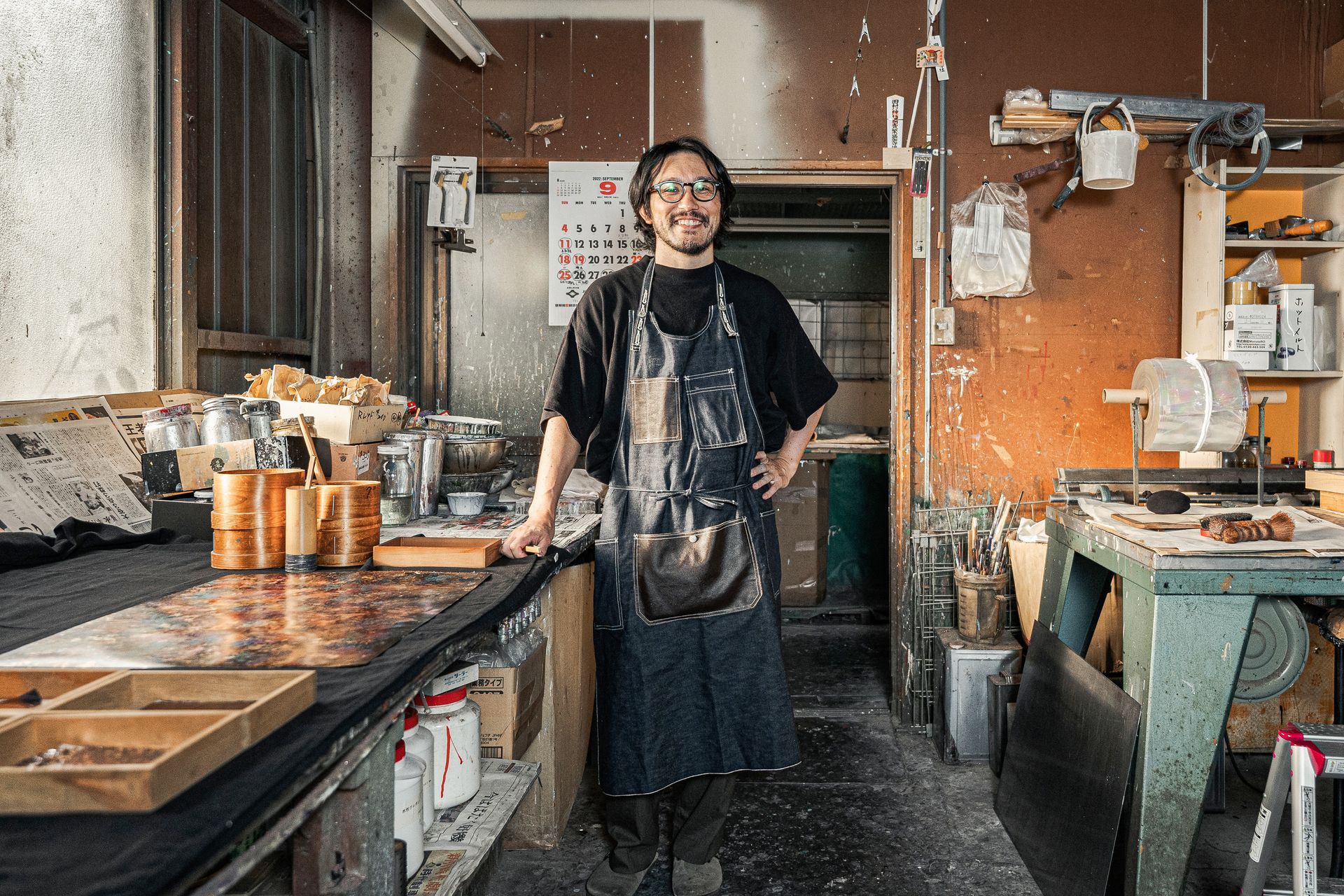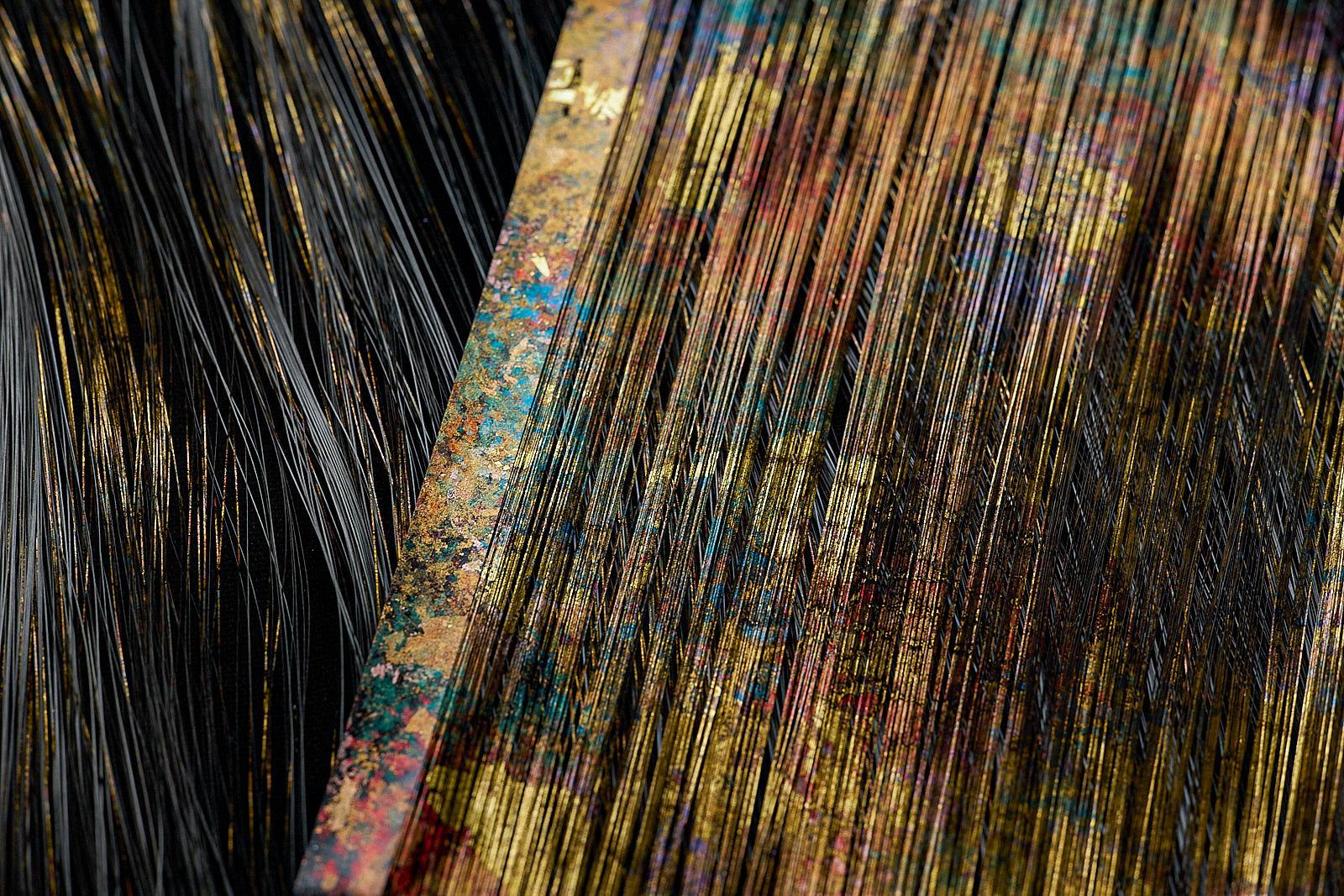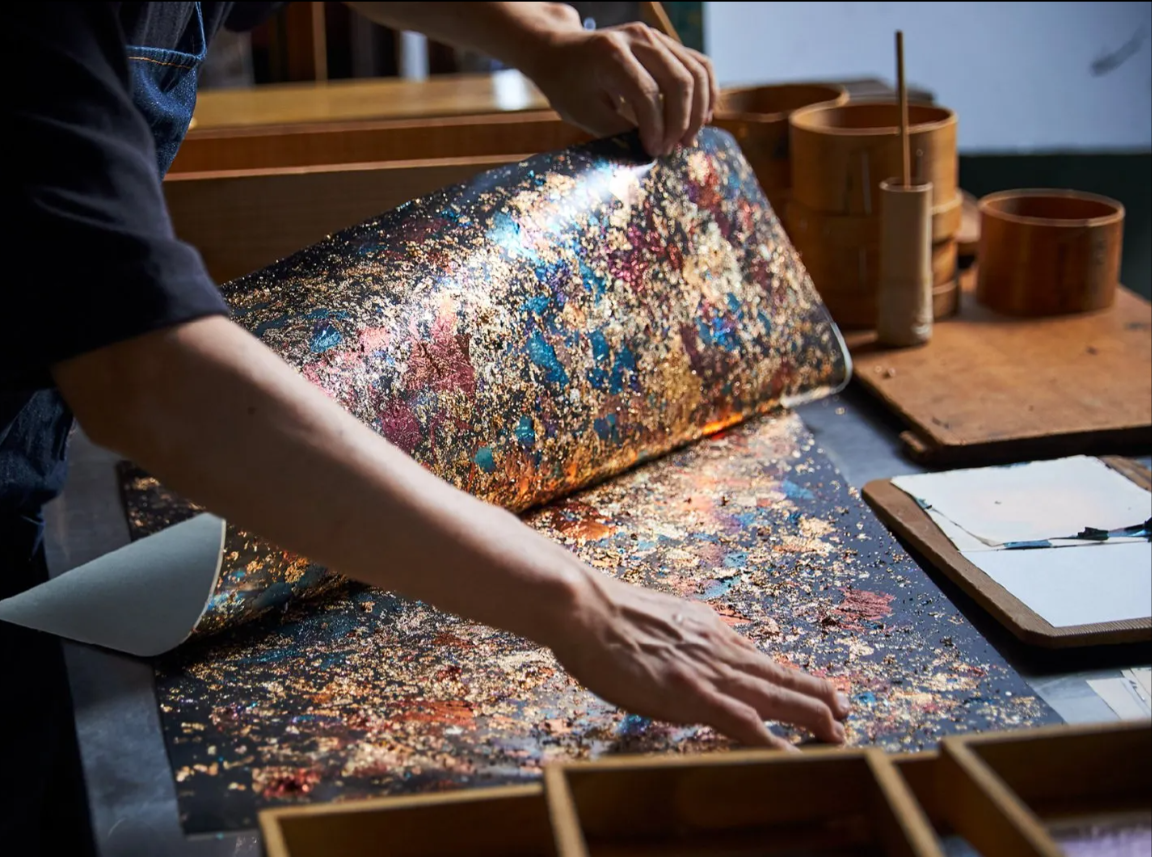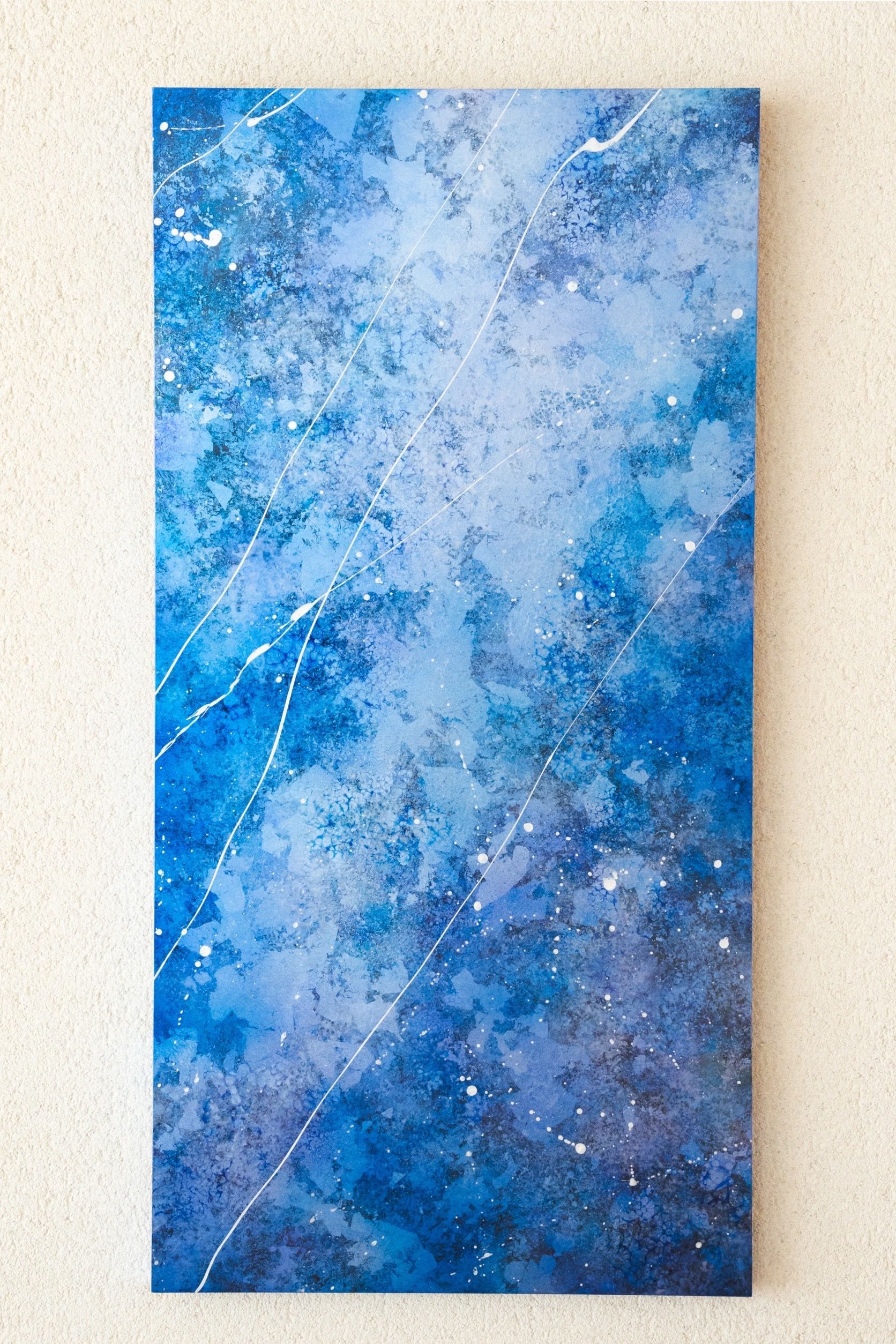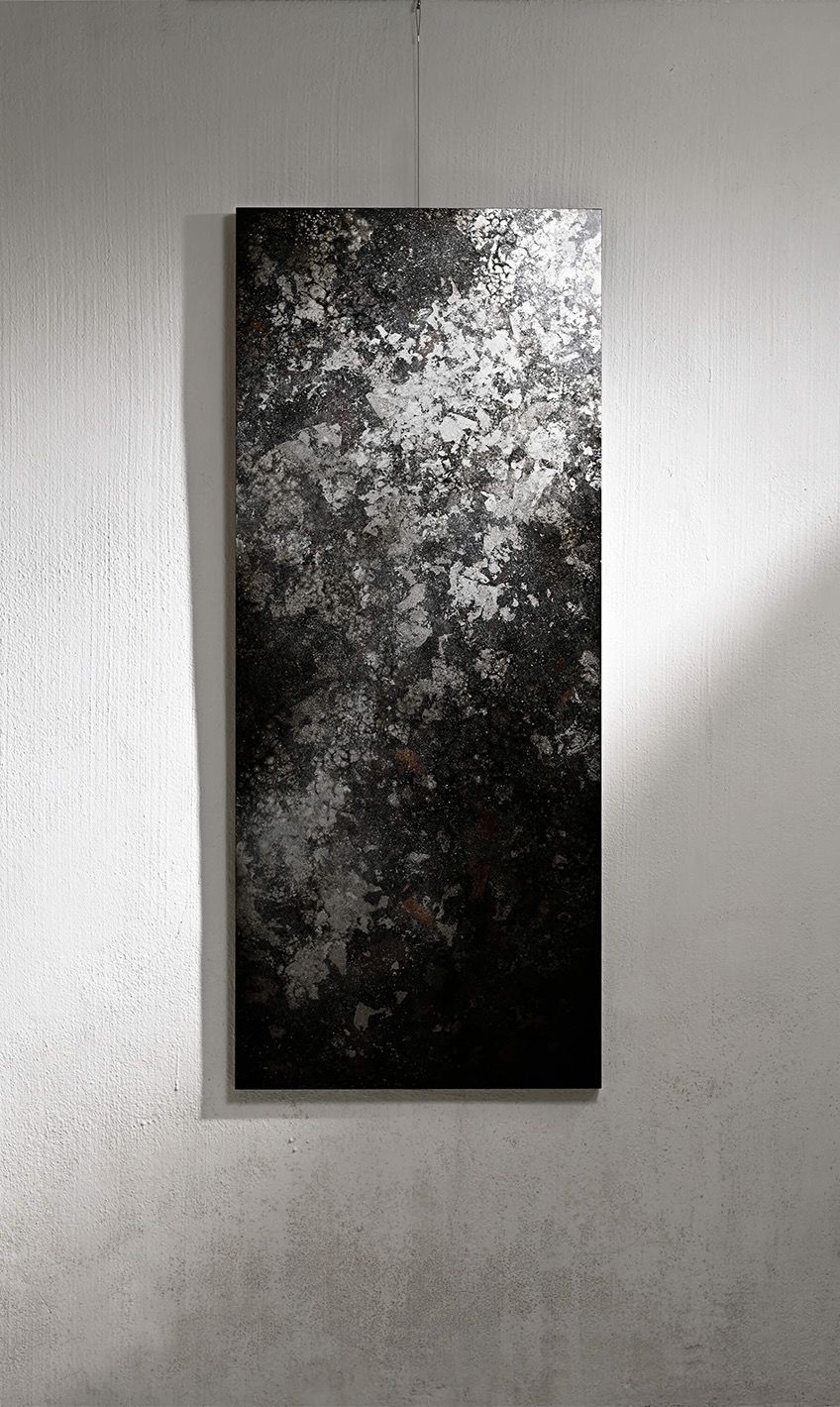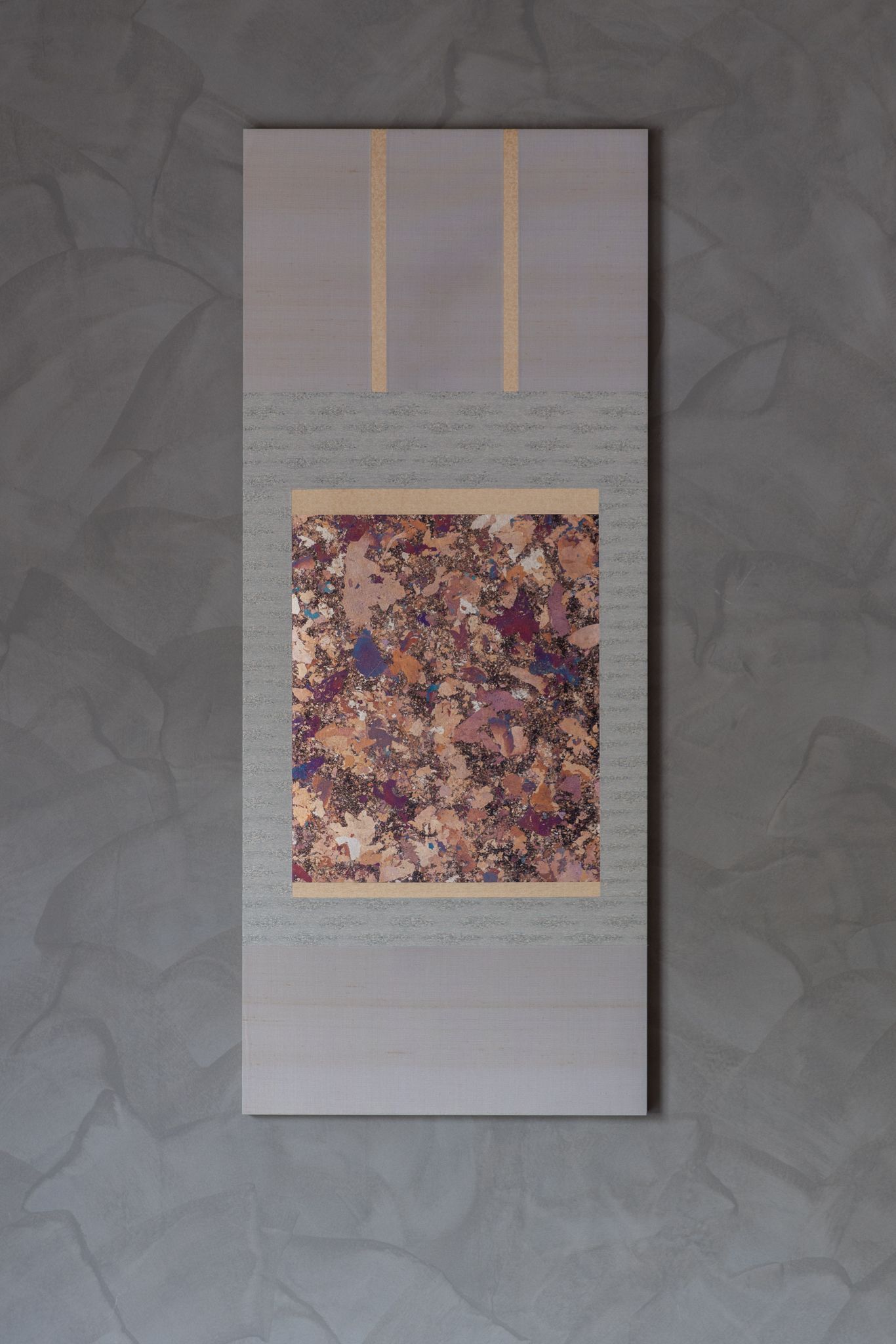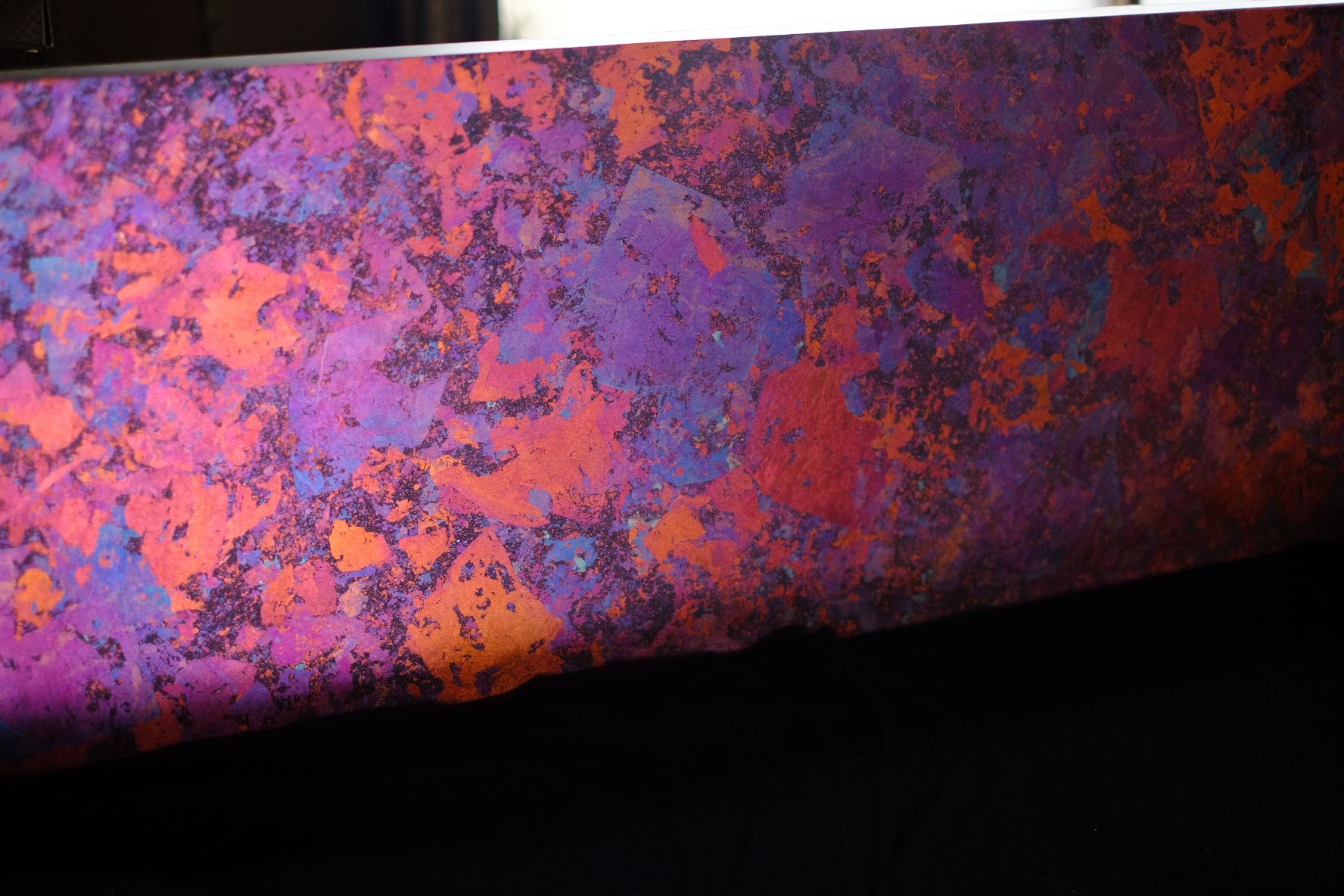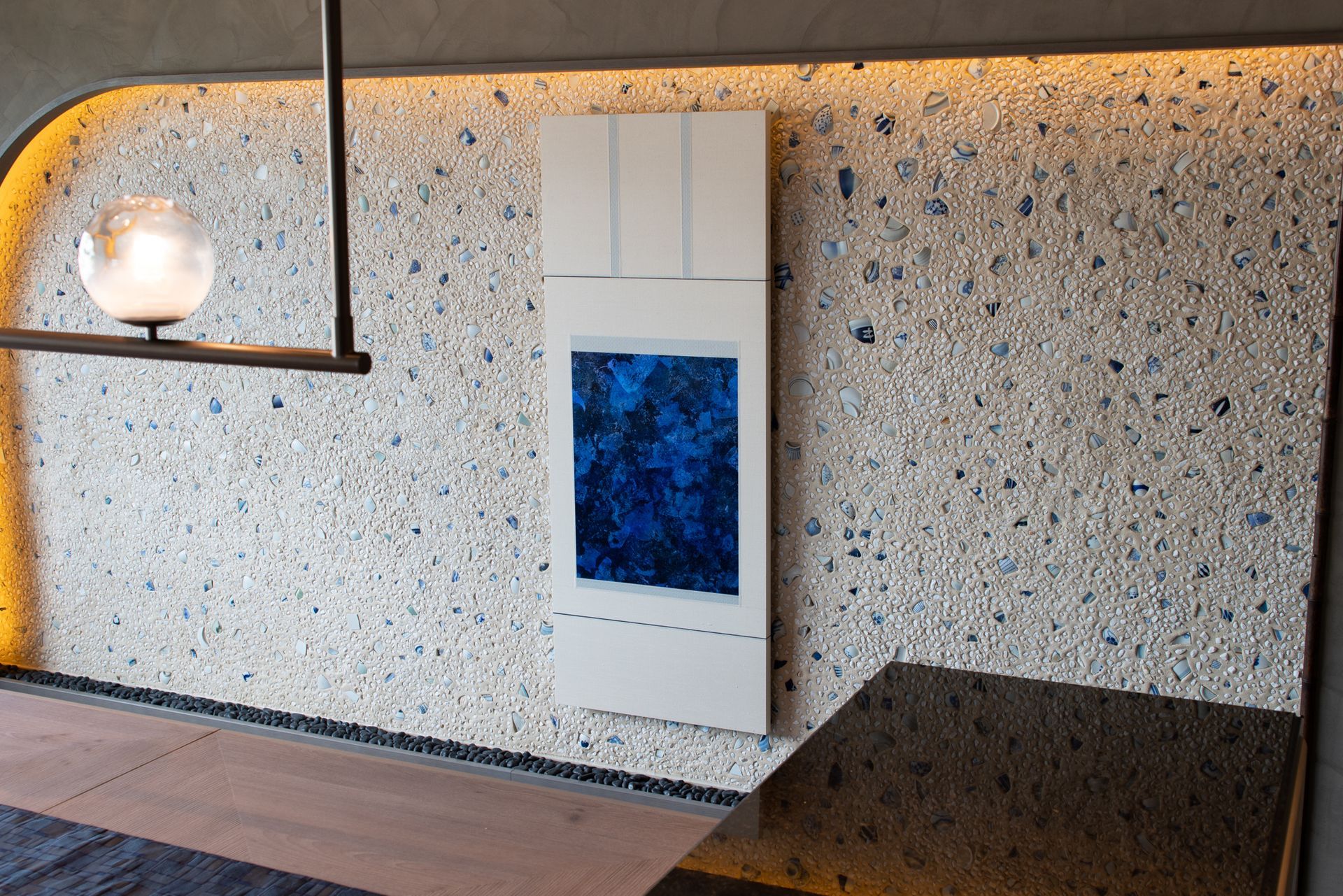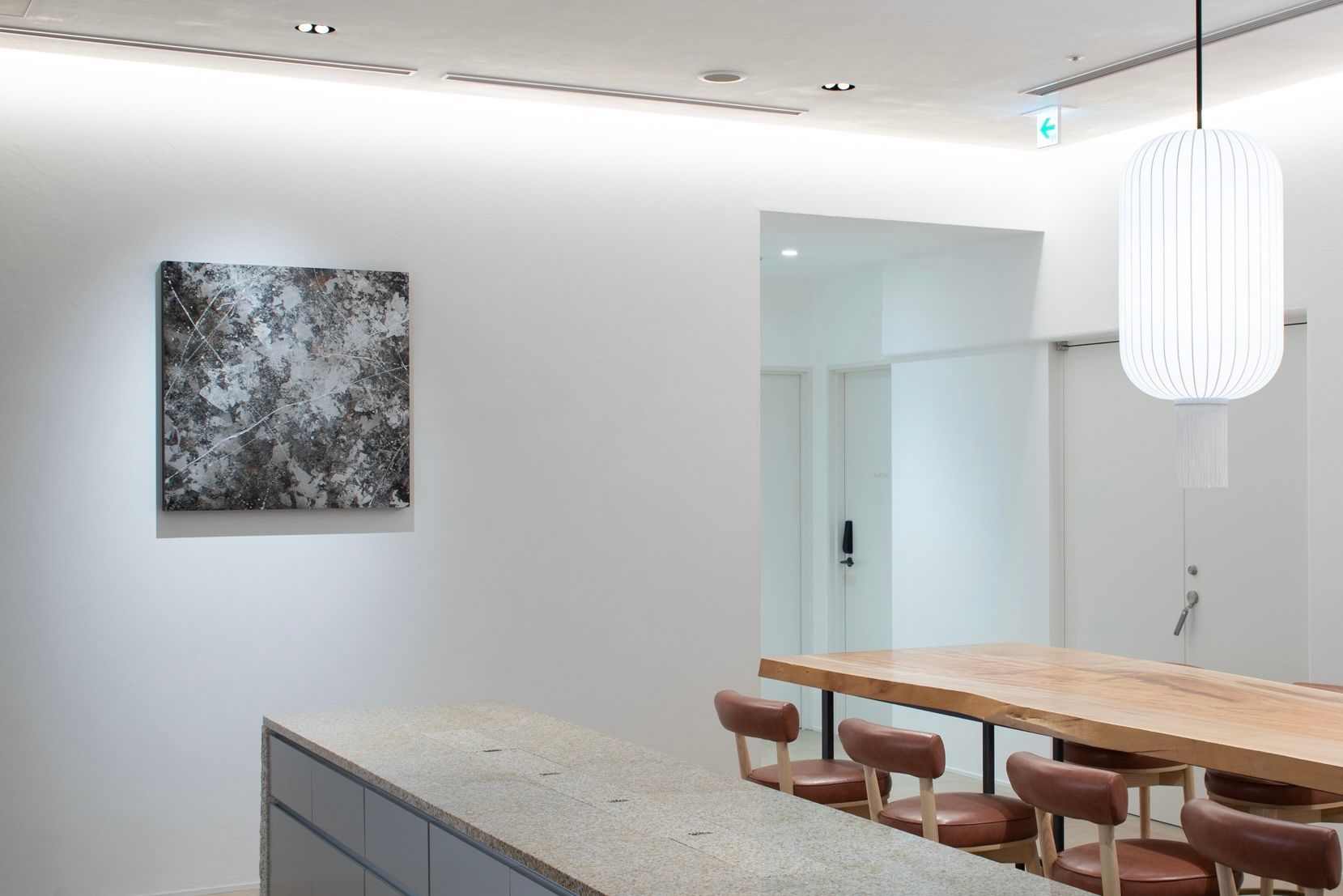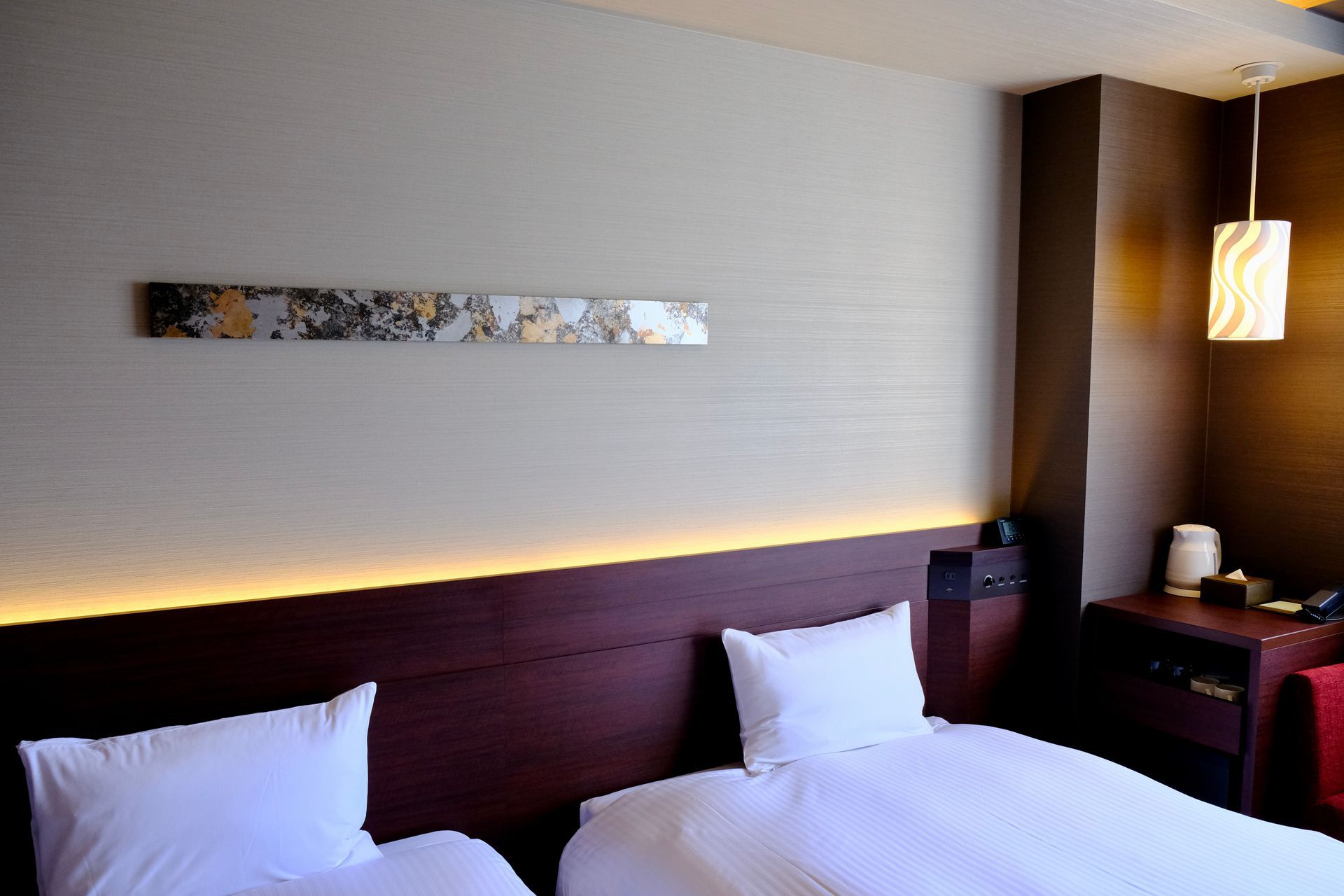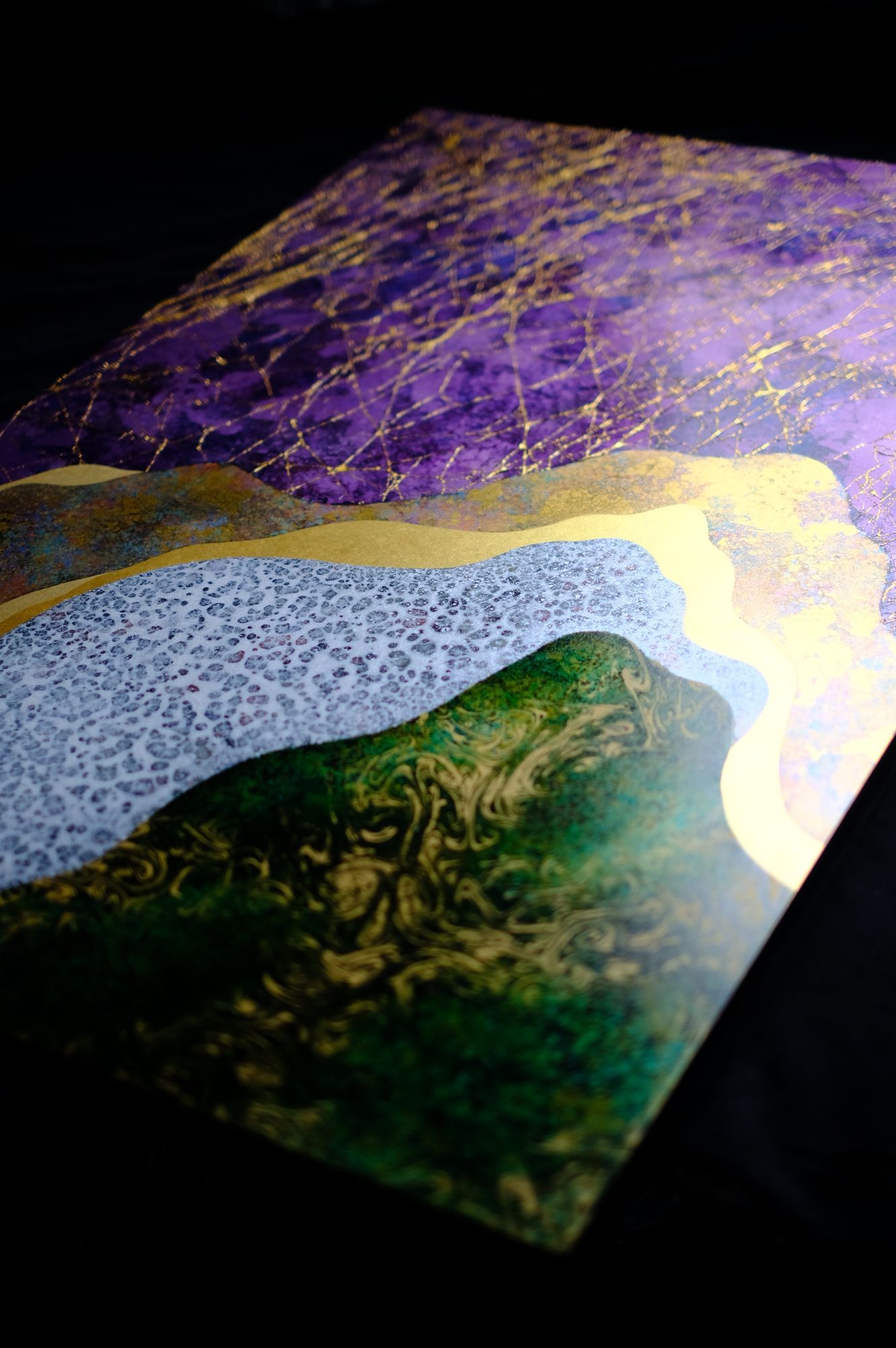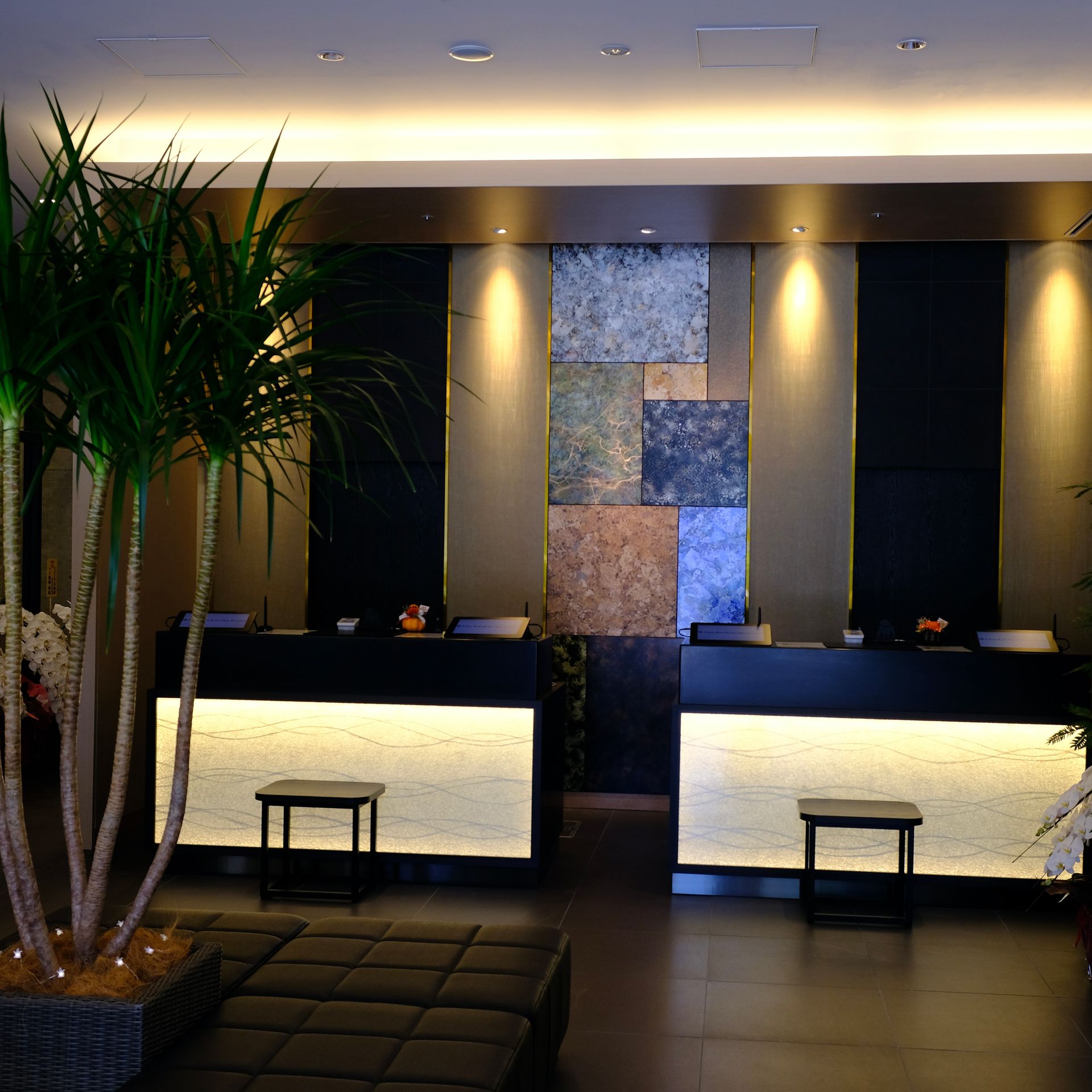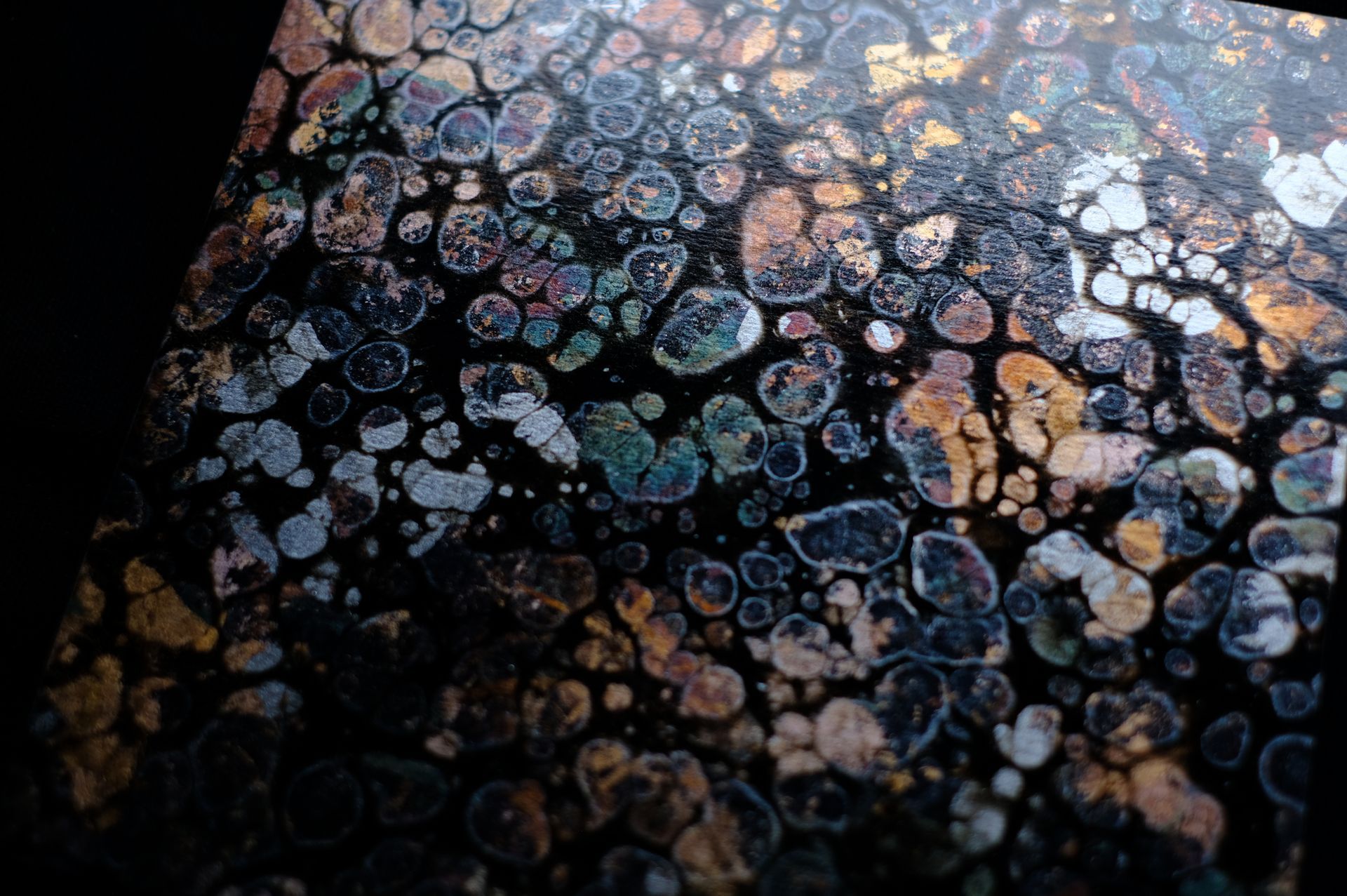The application of silver leaf at various stages of oxidation to Japanese washi paper in layers creates the illusion of depth. The paper is then sliced into strips of 1/64 inch (.4 mm) and is then woven as a weft into a silk warp. The floral design is then added by embroidery. Therefore, the piece is 50% silk and 50% paper.
CONTACT ・ Kohei MURATA
Website: Rakugeikoubo
Website: Nobegane
Instagram: @koheimurata.9
Japancraft21: Email Us
